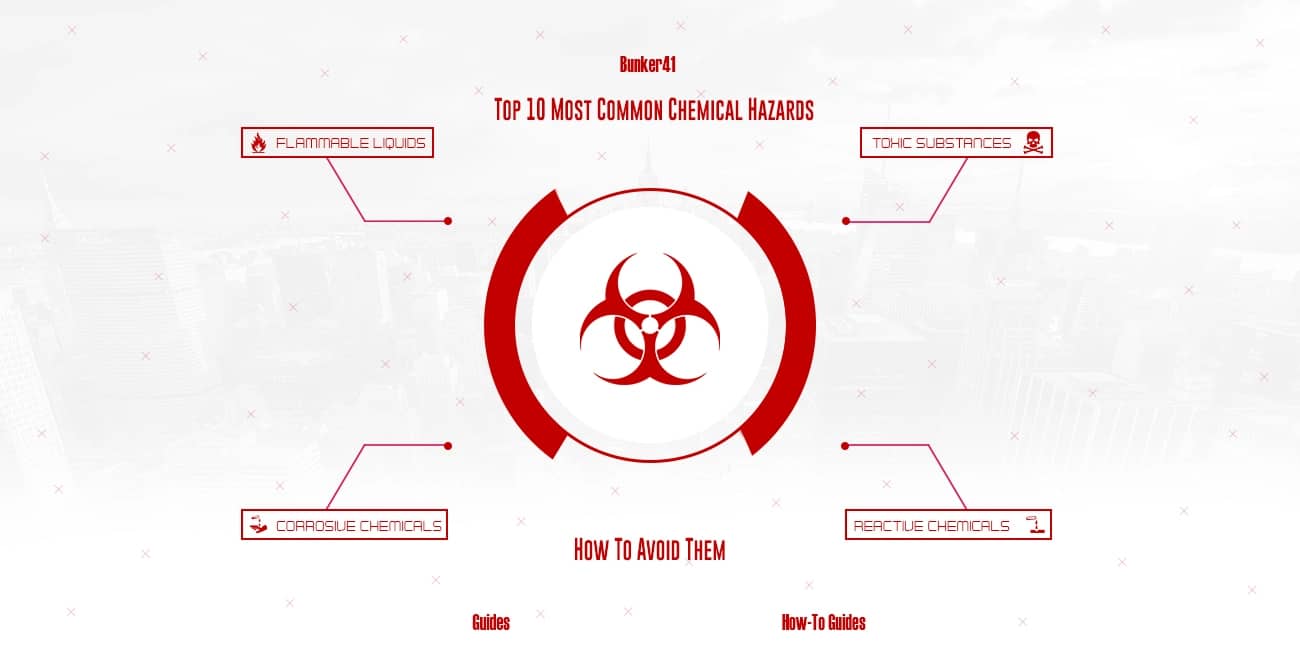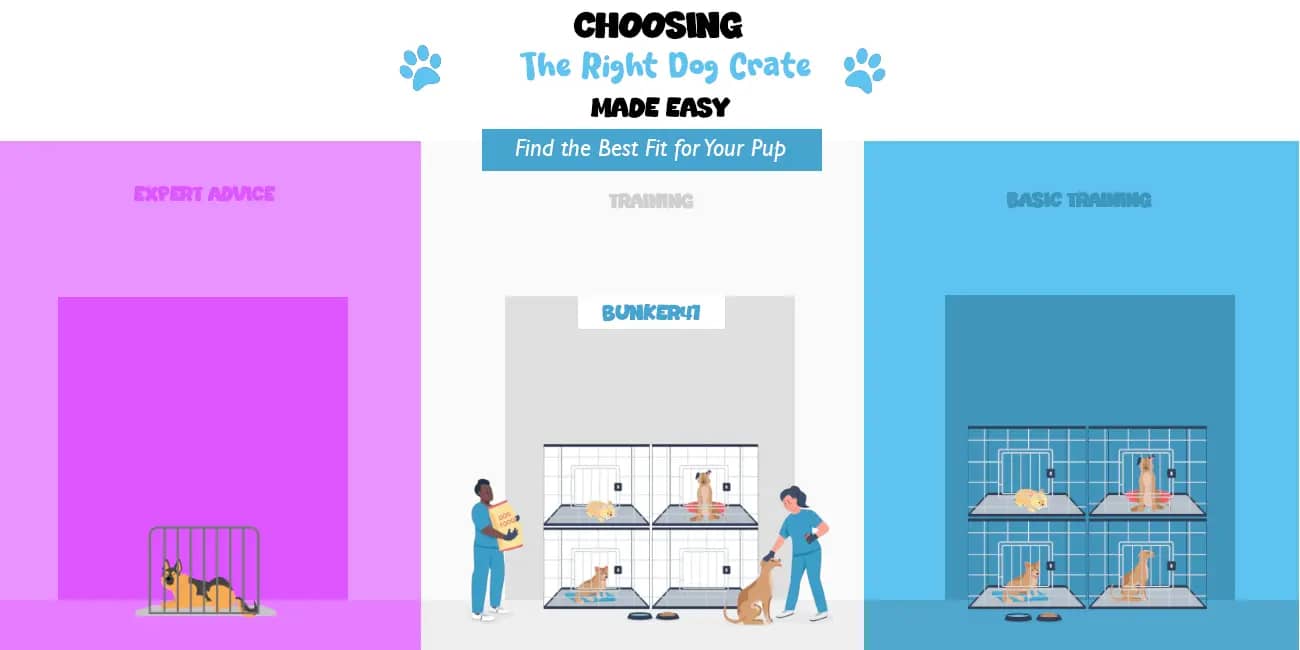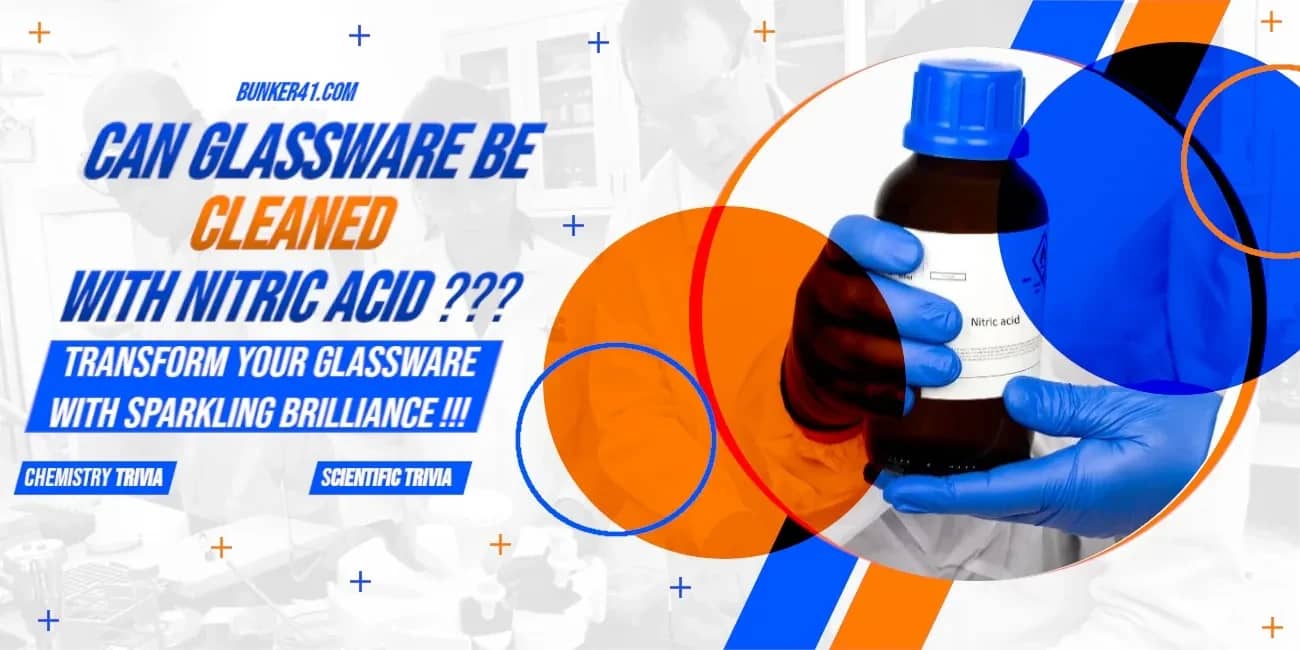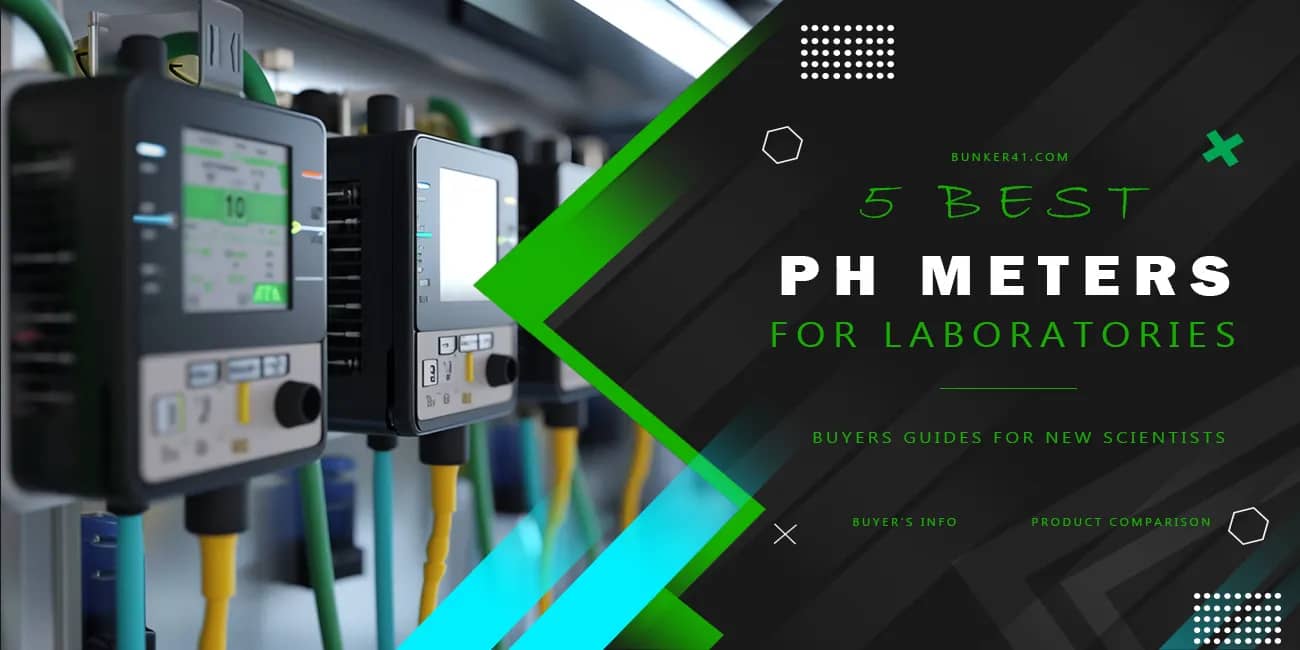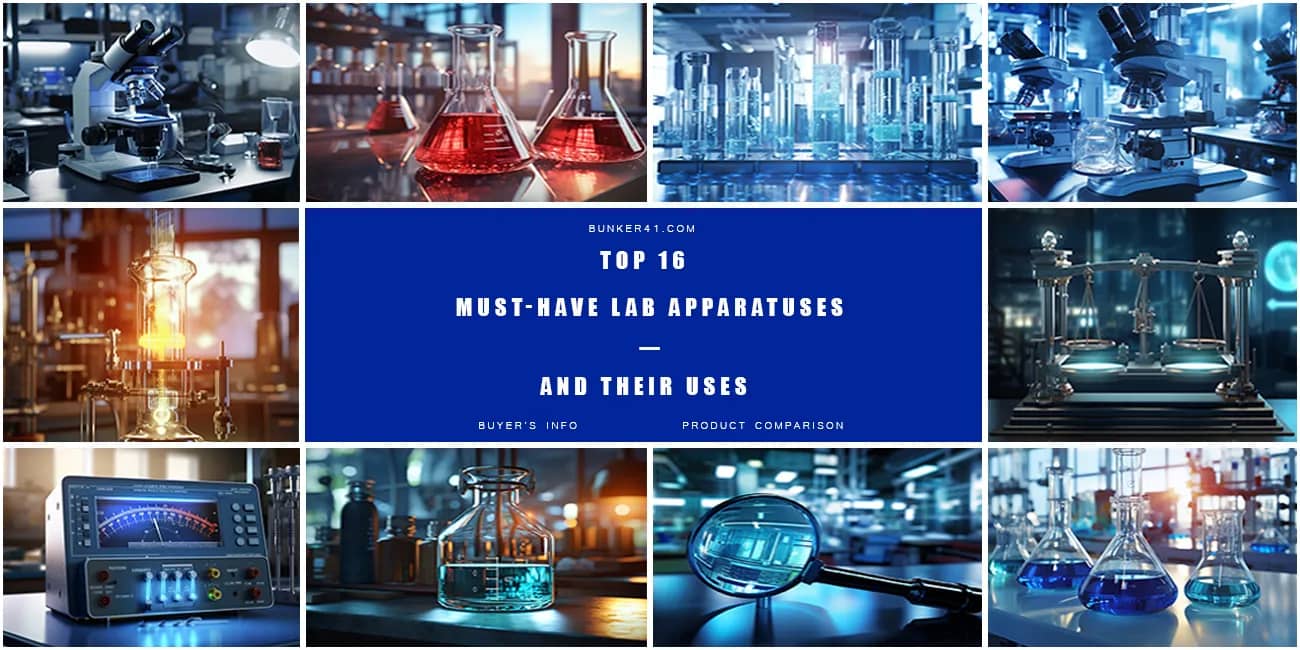Your cart is currently empty!
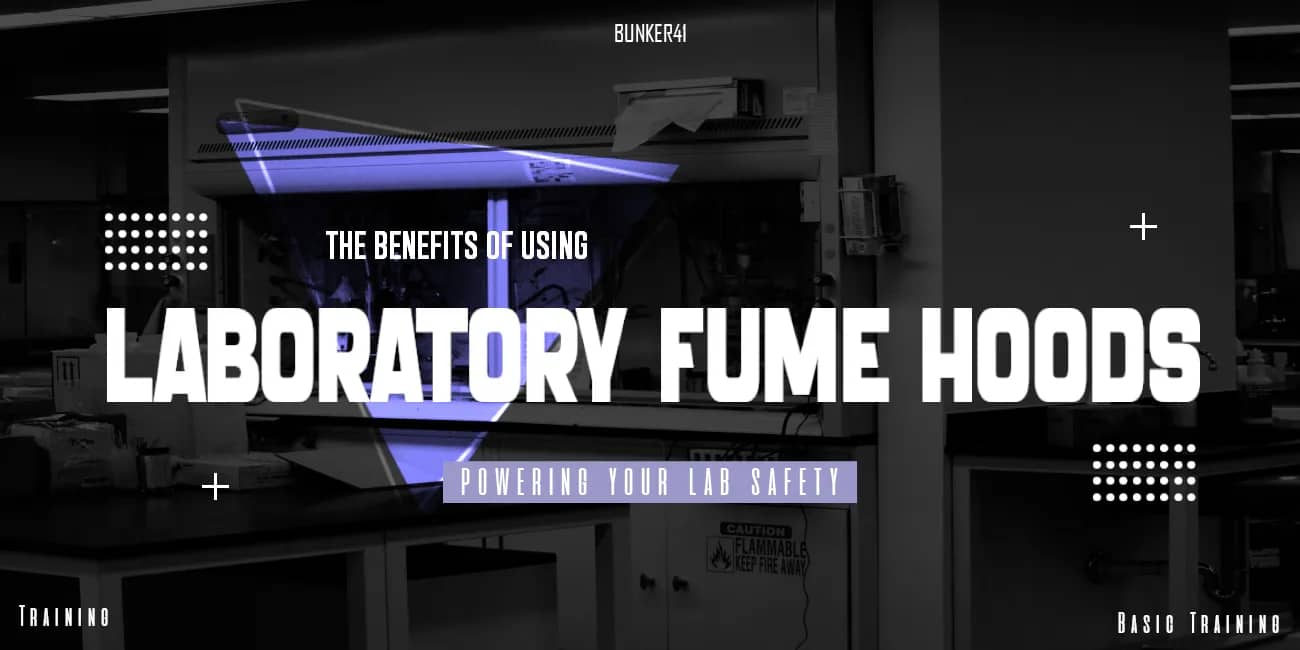
The Benefits Of Using Laboratory Fume Hoods – Powering Your Lab Safety In 2025
Introduction

Did you know that a high-performance laboratory fume hood can reduce chemical exposure and inhalation risks by up to 99%? In today’s demanding laboratory environment, ensuring health and safety isn’t optional—it’s foundational. Whether you’re handling volatile chemicals, strong acids like nitric acid, or other hazardous substances, a fume hood acts as a ventilated enclosure—your lab’s first line of defense. These engineered safety systems are designed to trap and exhaust toxic fumes, chemical vapors, and contaminated air,
keeping the breathing zone of your lab personnel free from hazardous fumes. Modern chemical fume hoods—whether ducted or ductless—do far more than just vent dangerous gases. They enable controlled airflow, maintain clean air across the work surface, and support precision in experimental results. A ductless fume hood, for instance, recirculates filtered air, cutting down on energy costs while still offering reliable protection against airborne contaminants. Meanwhile, ducted fume hoods connect to an exhaust system, ensuring that
exhaust air carrying hazardous chemicals is safely directed away from the lab environment. The integration of variable air volume (VAV) systems and smart sash position controls further enhances air velocity, energy efficiency, and lab safety. As a fume hood user, you’re not just operating laboratory equipment—you’re managing a biosafety tool that safeguards both people and processes. From glove boxes and catch basins to face velocity and filter replacements, the mechanics behind how a fume hood works are as intricate as they are indispensable. Investing in a high-quality fume hood means investing in safety, efficiency, and compliance
with your lab’s safety data sheet and emergency procedures. So whether you’re conducting experiments in academic research, industrial testing, or pharmaceutical development, remember this: fume hoods aren’t just equipment—they’re critical protection systems that empower your team to breathe easy, think clearly, and perform at their best in a controlled environment.
Key Takeaways
What Are Laboratory Fume Hoods?


Laboratory fume hoods are not just protective boxes—they’re engineered safety devices designed to safeguard lab personnel from hazardous fumes, volatile chemicals, and toxic vapors. These ventilated enclosures serve as a controlled environment that prevents chemical exposure by actively containing and exhausting contaminated air through an exhaust system. Whether you’re working with strong acids, perchloric acid, or hazardous materials, a chemical fume hood ensures that dangerous gases are kept out
of the breathing zone, drastically minimizing health risks during experiments. By maintaining optimal airflow, regulating air velocity, and adjusting sash position, most fume hoods—especially modern ducted fume hoods and ductless fume hoods—create a safer and more efficient laboratory space. A properly functioning fume hood exhausts chemical fumes before they accumulate, reducing safety concerns and supporting compliance with safety data sheets and emergency procedures. With innovations like variable air volume control, face velocity monitoring, and filter replacements, today’s fume hoods
just about protection—they’re integral to smart, health-first lab design. Simply put, the benefits of using laboratory fume hoods go far beyond containment—they empower lab workers to operate safely, confidently, and efficiently in even the most demanding research settings.
Definition and Core Purpose
Fume hoods keep scientists safe from chemicals. They do this by:
Types of Fume Hoods

| Fume Hood Type | Key Characteristics | Primary Use |
| Ducted Fume Hoods | Expel unfiltered air outside | High-toxicity chemical experiments |
| Ductless Fume Hoods | Filter and recycle air | Low to moderate chemical exposure |
| Bypass Fume Hoods | Constant air volume design | Versatile laboratory applications |
Essential Components

Good fume hoods have important parts for safety:
Safety starts with knowing your lab equipment and following safety rules.
Choosing the right fume hood depends on your research needs. It also depends on the chemicals you work with and the risks involved.
Enhancing Safety in the Laboratory


In any modern laboratory, safety isn’t just a guideline—it’s a non-negotiable priority. Protecting lab workers from hazardous chemicals, volatile substances, and toxic fumes demands more than just basic personal protective equipment; it requires a robust, layered approach to air safety. At the core of that strategy lies the laboratory fume hood—a specialized ventilated enclosure engineered to shield lab personnel from chemical exposure, contaminated air, and hazardous fumes. Whether using ducted fume hoods with
centralized exhaust systems or advanced ductless fume hoods equipped with carbon and HEPA filters, these systems provide comprehensive protection against airborne threats. By maintaining precise airflow, optimizing face velocity, and regulating sash position, fume hoods ensure that toxic vapors and chemical fumes are captured before they reach the breathing zone. This creates a controlled environment that significantly reduces the risk of accidental exposure to strong acids, perchloric acid, and other hazardous materials. Integrated innovations like variable air volume control and filter replacements
further enhance efficiency while lowering energy costs. Simply put, the benefits of using laboratory fume hoods are far-reaching—they not only prevent dangerous incidents but also empower scientists to conduct research confidently in a safer, cleaner, and more efficient lab environment.
Protection from Harmful Fumes
A well-designed crate is more than a containment area – it’s a safe haven that gives you peace of mind.

Today’s laboratory fume hoods are equipped with cutting-edge technology designed to elevate both lab safety and performance. Modern fume hoods maintain precise face velocities—typically between 40 to 100 feet per minute—to generate a powerful, consistent air barrier that effectively isolates hazardous chemicals, volatile substances, and toxic fumes from the breathing zone of lab personnel. This optimized air velocity is critical for containing chemical fumes and maintaining a controlled environment within the
ventilated enclosure. In addition to finely tuned airflow dynamics, today’s high-performance chemical fume hoods feature advanced alarm systems that continuously monitor for airflow disruptions or unsafe sash positions. When deviations in face velocity or exhaust performance are detected, audible and visual alerts prompt immediate corrective actions, helping hood users respond before safety is compromised. This built-in intelligence, often integrated into variable air volume (VAV) systems, reduces safety concerns and enhances both protection and compliance with safety
data sheet protocols and emergency procedures. Whether you’re working in a ducted fume hood with a centralized exhaust system or leveraging a ductless fume hood equipped with HEPA/carbon filters, these systems serve as more than just lab equipment—they are essential guardians of clean air, minimizing chemical exposure, preventing contaminated air buildup, and supporting the overall health and safety of lab workers conducting high-stakes experiments.
Reducing Exposure to Chemicals
Managing chemicals well is important. Ventilation systems play a big role in this. Ducted fume hoods send harmful air outside, while ductless models filter and recirculate air.
| Fume Hood Type | Key Safety Features |
| Ducted Fume Hoods | External air evacuation |
| Ductless Fume Hoods | Advanced filtration systems |
By using advanced fume hood technology, labs can make safer workspaces. This protects researchers and keeps science safe.
Supporting Compliance with Regulations


Working in a laboratory demands strict adherence to health and safety protocols—and fume hoods are fundamental to maintaining a secure, compliant lab environment. Whether you’re handling hazardous chemicals, toxic fumes, or volatile materials, a properly functioning laboratory fume hood creates a controlled environment that shields lab personnel from chemical exposure and airborne threats. These advanced ventilated enclosures support critical safety benchmarks outlined in institutional safety data
sheets, complement your personal protective equipment, and enable compliance with national and international laboratory safety standards. From ducted fume hoods with centralized exhaust systems to modern ductless fume hoods that recirculate clean air via high-efficiency filter replacements, the benefits of using laboratory fume hoods are wide-ranging. They regulate airflow, stabilize face velocity, and minimize contaminated air within your work surface. In short, fume hoods don’t just protect the user—they ensure your laboratory
space meets the rigorous demands of modern research, industrial operations, and clinical diagnostics.
Understanding Safety Standards
Lab safety is more than just basic steps. Your fume hood must follow detailed rules. This ensures it works well and keeps you safe.
Ensuring Lab Compliance
Keeping your lab safe means watching its safety setup closely. Air flow is key to how well your fume hood works.
| Compliance Metric | Recommended Standard |
| Minimum Air Velocity | 100 linear feet per minute (LFM) |
| Sash Position | Less than 9.38 inches during non-operational hours |
| Annual Energy Savings | Approximately $1,300 per fume hood |
A well-designed crate is more than a containment area – it’s a safe haven that gives you peace of mind.
By setting up strong safety rules and knowing how to use fume hoods, you can make your lab a top example of safety. Your commitment to safety starts with understanding and implementing comprehensive compliance strategies.
Improving Air Quality in Your Workspace


Maintaining optimal laboratory air quality is foundational to ensuring both safety and productivity in any modern lab environment. At the heart of this effort are fume hood exhausts, which play a critical role in removing contaminated air, toxic fumes, and chemical vapors generated during experiments. These specialized ventilated enclosures—whether ducted fume hoods with high-capacity exhaust systems or energy-efficient ductless fume hoods—are essential in protecting lab personnel from chemical exposure,
hazardous substances, and volatile chemicals that pose serious safety concerns. Today’s advanced chemical fume hoods are often integrated with Variable Air Volume (VAV) systems, which intelligently regulate air velocity and face velocity in response to changing conditions. This not only ensures continuous protection of the breathing zone but also reduces unnecessary energy costs by adjusting ventilation rates in real time. By maintaining consistent airflow and supporting compliance with safety data sheets, VAV-equipped laboratory fume
hoods deliver a double benefit: enhanced health and safety for lab workers and greater operational efficiency. In short, the benefits of using laboratory fume hoods extend beyond containment—they’re the backbone of a controlled environment that protects both people and experiments in highly dynamic research settings.
Ventilation Benefits
Fume hoods offer many benefits for clean air:
Maintaining a Safe Environment
Smart ventilation strategies can greatly improve safety. Modern fume hood systems have important features:
| Compliance Metric | Recommended Standard |
| Minimum Air Velocity | 100 linear feet per minute (LFM) |
| Sash Position | Less than 9.38 inches during non-operational hours |
| Annual Energy Savings | Approximately $1,300 per fume hood |
By focusing on air quality, you make your lab safer and more efficient. This protects both people and research.
A well-designed crate is more than a containment area – it’s a safe haven that gives you peace of mind.
Boosting Productivity and Efficiency


Laboratory efficiency isn’t simply about organizing your work surface—it’s about integrating high-performance systems that streamline operations while enhancing health and safety. Modern fume hoods are at the core of this transformation. More than just ventilated enclosures, they actively optimize airflow, reduce chemical exposure, and create a controlled environment for lab personnel working with hazardous chemicals, strong acids, and volatile materials. Understanding how a fume hood works—from its exhaust
fan to its face velocity regulation—unlocks new levels of both protection and productivity. Choosing the right laboratory fume hood—whether a ducted fume hood connected to a centralized exhaust system or a self-contained ductless fume hood equipped with HEPA and carbon filters—is essential for labs aiming to meet stringent safety standards and boost operational flow. Leading-edge features like Variable Air Volume (VAV) systems intelligently adjust air velocity based on real-time conditions, minimizing energy costs while
maintaining optimal air quality. These smart ventilation controls represent a significant leap forward in both lab efficiency and sustainable design. Ultimately, the benefits of using laboratory fume hoods go far beyond containment—they enhance overall lab functionality, support compliance with safety data sheet guidelines, and empower researchers to work faster, smarter, and safer.
Minimizing Downtime with Advanced Fume Hood Technology
New fume hood designs aim to cut down on downtime. They have features that boost efficiency, such as:
Streamlining Laboratory Processes
Modern fume hoods control face velocity for steady performance. This helps researchers:
| Efficiency Metric | Traditional Fume Hood | Modern VAV Fume Hood |
| Airflow Consistency | Variable | Constant |
| Energy Consumption | High | Optimized |
| Operational Downtime | Frequent | Minimal |
Investing in advanced fume hood technology is not just about safety—it’s about creating a more productive, efficient research environment.
The right fume hood can transform your laboratory from a basic workspace into a high-performance research hub.
Choosing the Right Fume Hood for Your Needs

Finding the right fume hood for your lab is important. It affects safety, efficiency, and lab performance when working with volatile chemicals. When looking at fume hood options, pay attention to several key points:
Key Factors in Fume Hood Selection
Ductless hoods are great for many labs. They are flexible and save energy compared to ducted systems. Most fume hoods have special features for different research needs. Think about these important selection criteria:
Comparative Analysis of Fume Hood Types
| Hood Type | Energy Efficiency | Installation Cost | Maintenance Requirements |
| Ductless Hoods | High (18x more efficient) | Lower | Filter replacement every 3-5 years |
| Ducted Hoods | Lower | Higher | Regular HVAC maintenance |
Recommended Selection Strategy
Selecting the ideal laboratory fume hood is a decision that requires more than just browsing specifications—it demands a careful balance of safety, functionality, and cost-efficiency. To make an informed choice, it’s essential to prioritize your lab’s specific operational needs:
Safety and efficiency are paramount when selecting laboratory equipment.
In short, investing the time to align your choice with your lab’s workflow, chemical exposure risks, and compliance requirements will ensure you harness the full benefits of using laboratory fume hoods—from increased lab worker protection to improved operational efficiency.
Importance of Regular Maintenance
Keeping your laboratory fume hood in top shape is key for safety and performance. It’s more than just cleaning. It’s a way to protect your space and everyone in it. Good maintenance of fume hoods includes several important steps. These steps help them work well and last longer:
Enhancing Longevity of Your Fume Hood

Laboratories that prioritize routine maintenance of their fume hoods are investing in both equipment longevity and lab safety. Proactive care—such as monitoring face velocity, inspecting sash position, and replacing filters—helps extend the operational life of critical laboratory equipment while minimizing costly downtime or emergency repairs. Regular performance evaluations of ducted fume hoods, ductless hoods, and their associated exhaust systems allow technicians to detect performance degradation early, long
before it escalates into a safety concern or a compliance issue. Preventive inspections not only reduce the risk of chemical exposure and toxic fumes entering the lab environment, but also ensure that air velocity, exhaust air flow, and ventilation controls remain within recommended thresholds outlined in your lab’s safety data sheet. According to fume hood experts, consistent upkeep supports better containment of hazardous materials and volatile chemicals, maintaining a safe breathing zone for lab personnel and improving the overall integrity of your controlled environment. In
essence, maintaining your laboratory fume hood is not just best practice—it’s a strategic step toward safeguarding both your research and your team.
Identifying and Fixing Issues Early
Finding maintenance needs early stops big equipment failures. Here are key maintenance points:
| Maintenance Focus Area | Recommended Frequency | Key Benefits |
| Filter Replacements | Every 6-12 months | Ensures optimal airflow and contamination prevention |
| Exhaust Fan Inspection | Quarterly | Maintains consistent ventilation performance |
| Sash Position Verification | Monthly | Guarantees proper containment of hazardous materials |
Regular maintenance is not just a recommendation – it’s a critical safety protocol that protects both equipment and personnel.
By spending time on regular maintenance, your fume hood will work better. It will also reduce risks and keep your lab team safe.
Training and Safety Protocols
In any scientific laboratory, a culture of safety begins with rigorous training and well-defined standard operating procedures:
Best Practices for Safe Use
Here are important tips for using fume hoods safely:
Importance of Training Staff
Training staff is more than just telling them what to do. Over 90% of laboratories know that good safety training is key to avoiding accidents. The ANSI/ASSP Z9.5-2022 standard stresses the importance of strict safety rules and ongoing learning.
“Safety is not an accident, but a deliberate and continuous process of learning and implementation.”
Labs should focus on regular training. This should include:
By investing in good training, you build a safe work culture. This protects your team and helps keep scientific research at its best.
Conclusion: Invest in Your Lab’s Safety

Prioritizing your laboratory’s safety begins with investing in high-quality fume hoods—a foundational safeguard against chemical exposure, toxic fumes, and volatile chemicals. Modern fume hoods are not only engineered for maximum protection but also for operational efficiency. Innovative options like ductless fume hoods offer a smart, scalable alternative to traditional ducted systems, using high-efficiency filter replacements to trap hazardous fumes and reduce energy costs. The benefits of using laboratory fume hoods extend far beyond containment—they actively improve air quality, lower your lab’s environmental impact, and protect both
personnel and research integrity. Choosing the right fume hood design—whether it’s a chemical fume hood, biosafety cabinet, or ventilated enclosure—requires aligning performance specifications with your lab environment, chemical processes, and hazardous materials handling protocols. Features like variable air volume (VAV) control and automatic sash position adjustment enable smarter airflow management, ensuring optimal face velocity and safe exhaust air regulation. For labs prioritizing flexibility and energy savings, ductless hoods offer modular designs that simplify installation without compromising health and safety. Equally critical is equipping
your lab personnel with proper training. Every hood user must understand how the fume hood works, how to set the sash position, perform regular function checks, and respond swiftly to safety concerns. With the integration of technologies like remote monitoring, smart exhaust fans, and real-time alerts, labs can further enhance their controlled environment while reducing risk. In the end, fostering a culture of lab safety means continually evaluating your current setup, upgrading to energy-efficient systems, and reinforcing rigorous emergency procedures. The payoff? A safer, more compliant, and cost-effective laboratory space where both people and experiments thrive.
Summary
Laboratory fume hoods are the cornerstone of chemical safety, acting as ventilated enclosures that form a critical barrier between lab personnel and hazardous substances. Whether you’re working with volatile chemicals, strong acids, or toxic fumes, a properly selected and maintained fume hood—be it a ducted fume hood or a ductless fume hood—serves as your first line of defense. These hoods manage air flow, face velocity, and exhaust air to minimize chemical exposure within the breathing zone and maintain a controlled environment. Unlike traditional fume cupboards, modern chemical fume hoods now incorporate variable air volume (VAV)
systems, energy-efficient motors, and real-time airflow monitors, dramatically improving both protection and energy costs. While ducted fume hoods expel contaminated air outdoors via a centralized exhaust system, ductless fume hoods (also known as recirculating hoods) use multi-stage filtration to safely return clean air back into the laboratory space. Both models play distinct roles, and selecting the right unit requires considering safety concerns, laboratory equipment needs, and chemical usage profiles—especially when handling perchloric acid, nitric acid, or other hazardous chemicals. The benefits of using laboratory fume hoods are
compounded when combined with personal protective equipment, routine filter replacements, sash management, and regular calibration of air velocity. To ensure your fume hood works at peak performance, lab teams must be trained on emergency procedures, safety data sheets, sash position protocols, and routine maintenance practices. Innovations like fume hood sash stickers, glove boxes for isolating high-risk tasks, and biosafety cabinets for biological agents have expanded the versatility of these units beyond chemistry alone. By integrating chemical fume hoods into everyday lab operations, institutions empower lab workers, safeguard their
laboratory environment, and reinforce a proactive culture of health and safety—all while minimizing harmful fumes, vapors, and long-term chemical exposure.
FAQ
Futher Resources For More Reading
Follow Us
Related Articles
Gallery
Site Built By Kadence
Copyright@2025 Bunker41 – All Rights Reserved



